Refine search
Actions for selected content:
6791 results in Communications and signal processing
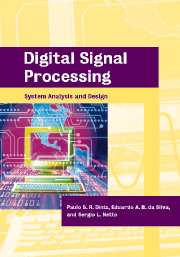
Digital Signal Processing
- System Analysis and Design
-
- Published online:
- 05 June 2012
- Print publication:
- 18 April 2002

Digital Signal Processing
- System Analysis and Design
-
- Published online:
- 05 June 2012
- Print publication:
- 02 September 2010
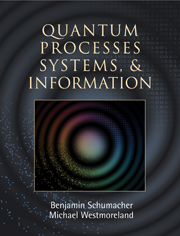
Quantum Processes Systems, and Information
-
- Published online:
- 05 June 2012
- Print publication:
- 25 March 2010
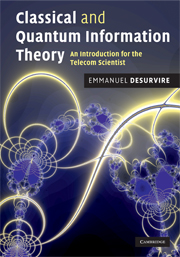
Classical and Quantum Information Theory
- An Introduction for the Telecom Scientist
-
- Published online:
- 05 June 2012
- Print publication:
- 19 February 2009
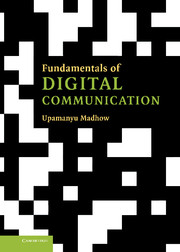
Fundamentals of Digital Communication
-
- Published online:
- 05 June 2012
- Print publication:
- 06 March 2008
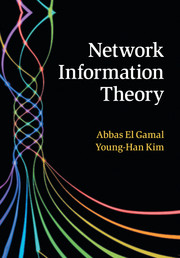
Network Information Theory
-
- Published online:
- 05 June 2012
- Print publication:
- 08 December 2011
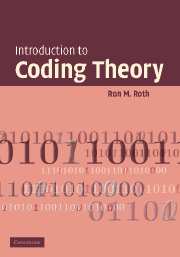
Introduction to Coding Theory
-
- Published online:
- 05 June 2012
- Print publication:
- 23 February 2006
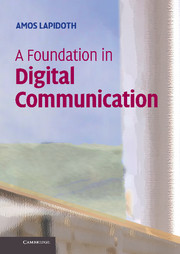
A Foundation in Digital Communication
-
- Published online:
- 05 June 2012
- Print publication:
- 09 July 2009
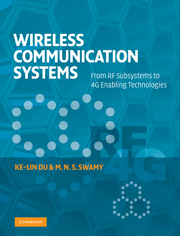
Wireless Communication Systems
- From RF Subsystems to 4G Enabling Technologies
-
- Published online:
- 05 June 2012
- Print publication:
- 15 April 2010

Algebraic Codes for Data Transmission
-
- Published online:
- 05 June 2012
- Print publication:
- 06 February 2003

A Student's Guide to Coding and Information Theory
-
- Published online:
- 05 June 2012
- Print publication:
- 26 January 2012

Cognitive Dynamic Systems
- Perception-action Cycle, Radar and Radio
-
- Published online:
- 05 June 2012
- Print publication:
- 22 March 2012

Probability, Random Processes, and Statistical Analysis
- Applications to Communications, Signal Processing, Queueing Theory and Mathematical Finance
-
- Published online:
- 05 June 2012
- Print publication:
- 15 December 2011
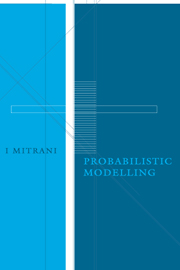
Probabilistic Modelling
-
- Published online:
- 05 June 2012
- Print publication:
- 11 December 1997
14 - Visible-light communications
- from Part IV - Applications
-
-
- Book:
- Advanced Optical Wireless Communication Systems
- Published online:
- 05 June 2012
- Print publication:
- 24 May 2012, pp 351-368
-
- Chapter
- Export citation
Part III - Unique channels
-
- Book:
- Advanced Optical Wireless Communication Systems
- Published online:
- 05 June 2012
- Print publication:
- 24 May 2012, pp 175-176
-
- Chapter
- Export citation
15 - Optical wireless in sensor networks
- from Part IV - Applications
-
-
- Book:
- Advanced Optical Wireless Communication Systems
- Published online:
- 05 June 2012
- Print publication:
- 24 May 2012, pp 369-387
-
- Chapter
- Export citation
9 - Free-space optical communications underwater
- from Part III - Unique channels
-
-
- Book:
- Advanced Optical Wireless Communication Systems
- Published online:
- 05 June 2012
- Print publication:
- 24 May 2012, pp 201-239
-
- Chapter
- Export citation
5 - Equalization and Markov chains in cloud channel
- from Part II - Optical wireless communication theory
-
-
- Book:
- Advanced Optical Wireless Communication Systems
- Published online:
- 05 June 2012
- Print publication:
- 24 May 2012, pp 90-115
-
- Chapter
- Export citation
1 - Introduction
- from Part I - Outlook
-
-
- Book:
- Advanced Optical Wireless Communication Systems
- Published online:
- 05 June 2012
- Print publication:
- 24 May 2012, pp 3-8
-
- Chapter
- Export citation
